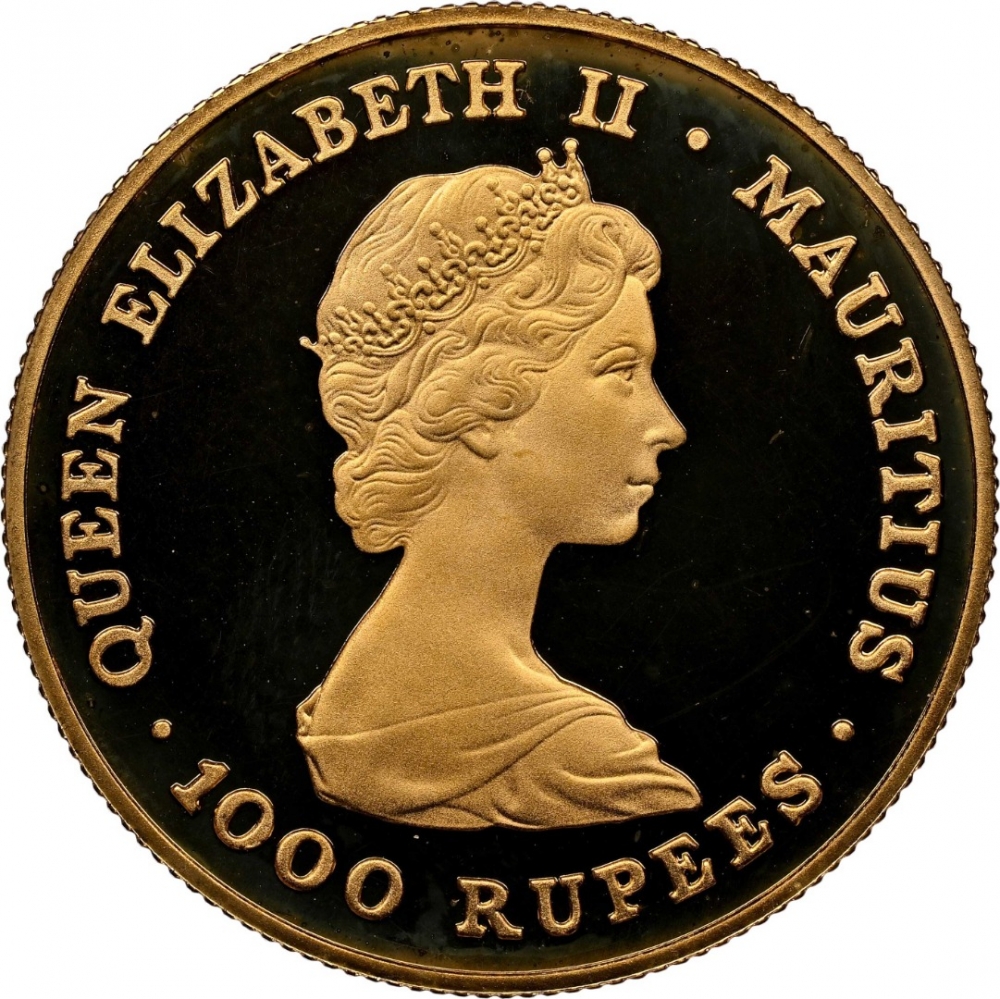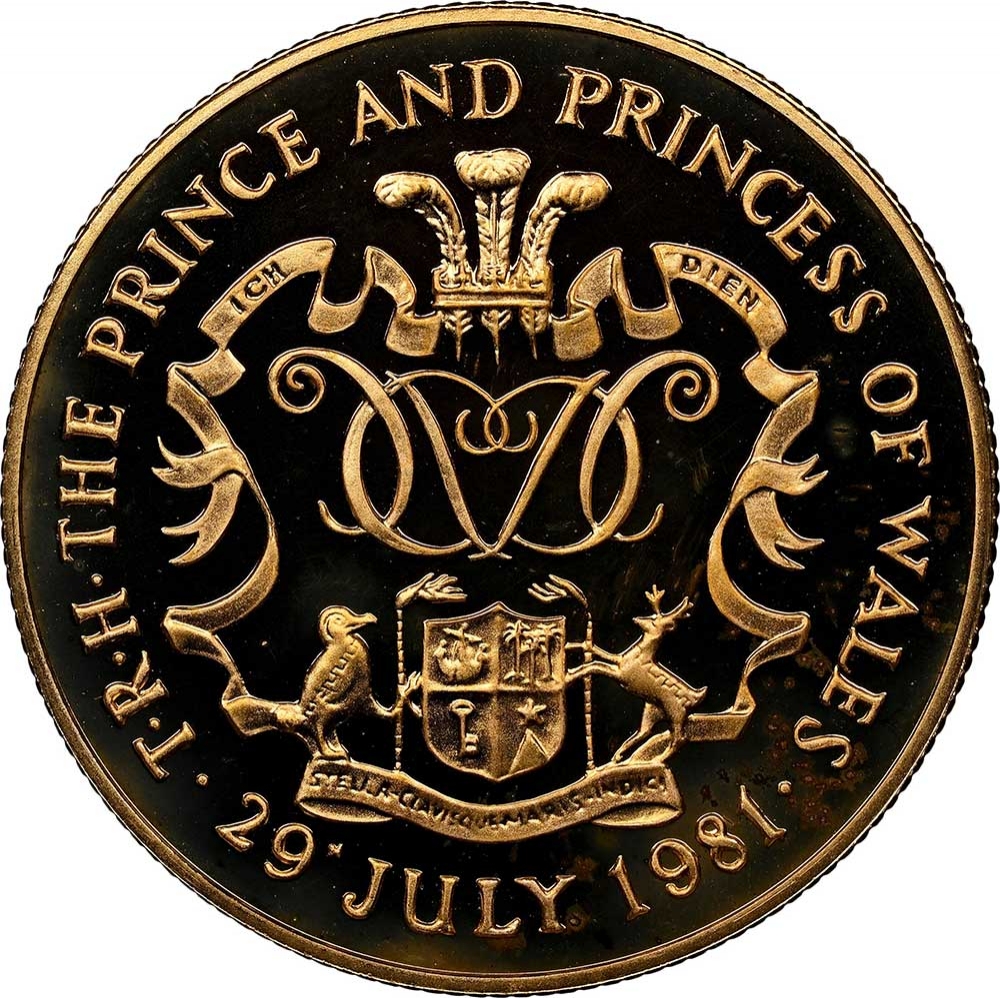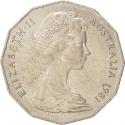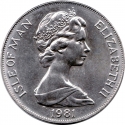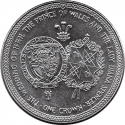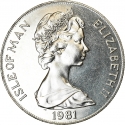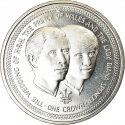You are about to finish your registration. Please check your mailbox (including spam folder). There should be a letter with a confirmation link. Check setting to make sure that your e-mail address is correct.
Send letter againDescription
British Mauritius was a British crown colony. Formerly part of the French colonial empire, the crown colony of Mauritius was established after a British invasion in 1810 and the subsequent Treaty of Paris that followed. It later gained independence as a Commonwealth realm on 12 March 1968.
The wedding of Charles, Prince of Wales, and Lady Diana Spencer took place on 29 July 1981 at St Paul's Cathedral, London, United Kingdom. The ceremony was a traditional Church of England wedding service. Notable figures in attendance included many members of royal families from across the world, republican heads of state, and members of the bride's and groom's families. Their marriage was widely billed as a "fairytale wedding" and the "wedding of the century". It was watched by an estimated global TV audience of 750 million. The United Kingdom had a national holiday on that day to mark the wedding. The couple separated in 1992 and divorced in 1996.
A piedfort is an unusually thick coin, often exactly twice the normal weight and thickness of other coins of the same diameter and pattern. Piedforts are not normally circulated, and are only struck for presentation purposes by mint officials (such as patterns), or for collectors, dignitaries, and other VIPs.
Obverse

|
Second crowned portrait of HM Queen Elizabeth II facing right, wearing the Girls of Great Britain and Ireland tiara enclosed by HM name with country name above and denomination above. QUEEN ELIZABETH · II MAURITIUS |
|---|---|
Reverse

|
A mirrored monogram of C and D (C interlaced D) surrounded by a conjugated combined coat of arms of Charles and Diana, the Prince and Princess of Wales (three plumes within a crown with a ribbon) with the coat of arms of the Republic of Mauritius enclosed by their names above and date below. T.R.H. THE PRINCE AND PRINCESS OF WALES |
| Edge |
1000 Rupees
2nd portrait, Piedfort
Wedding of Prince Charles and Lady Diana
Royal Wedding
Subscribe series
KM# P2
Wedding of Prince Charles and Lady Diana
Royal Wedding
Related coins
Wedding of Prince Charles and Lady Diana
Wedding of Prince Charles and Lady Diana
Wedding of Prince Charles and Lady Diana
